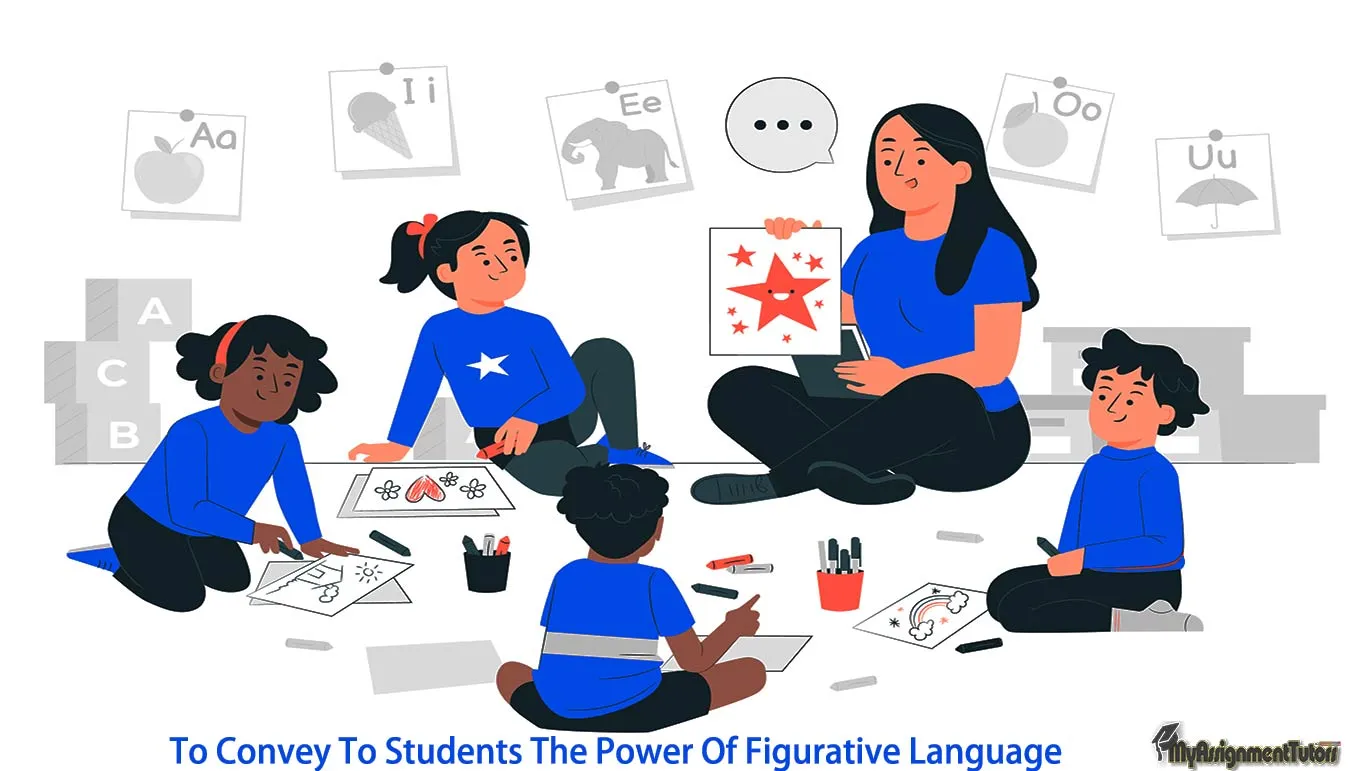To Convey tO Students The Power of Figurative Language
The meaning of figurative language is the implementation of words in a manner that digresses from the standard sequence and derivation in sequence to show a tangled meaning, attractive writing, lucidity, or reminiscent contrasting. It uses simple or ordinary words to describe something without stating it directly.

For several causes, when I initiate flinging throughout the words such as personification and metaphor- words students connected with verses- eyes initiate to enamel atop and fear are set inside. To avert this, I tried to manifest to them why they should protect.
Even more of their world is seems to be riddled with figurative language. I want to remind out that we often utilize metaphors. To express oneself, we imply analogies marketing messages and promotion are abundant including both verbal and visual languages. Composers and marketers, I teach my students to utilize these tools and techniques since they understand they provide or avail profundity in their ideas or statement or expect people to pay heed or attention. Next, we conduct an activity or experiment that illustrates how prevalent figurative language is in their day-to-day lives.
Provide educational opportunities that motivate active engagement or participation
I desire that my student actively participates with symbolic language or figurative language in the books they study or read, so I motivate them to learn it or analyze it. Even though they’ve utilized such techniques and methods themselves, creating their references or allusion, figurative language similes and metaphors will assist them to comprehend or understand how and why various authors use them. We execute or accomplish in various ways. After students have finished an assignment, we will spend a couple of minutes figuring out ways to strengthen their ideas with figurative language.
I urge them to go beyond replies and identify some points in their composition or writing in which they could utilize a simile or metaphor or other combination of things. They gradually develop the habit of using the same technique when they need to expand their thoughts or notion. Cooperation is usually a component of my preferred effective learning activities.
You are utilizing figurative language when your content goes further than the literal or basic definition of your words. This gives the viewer new perspectives on your work. Figurative language like metaphor, personification, simile, hyperbole, and last one is symbolism are the five types or branches of the figurative tree with a total of twelve categories.
Observing the figurative language in operation is one of the greatest ways to understand the concept and ideas. Figurative language is of five types or divided into five categories.
Examples of figurative language are:
- Hyperbole: you snore louder than a freight train.
- Metaphor: you are a couch potato.
- Simile: busy like a bee
- Personification: opportunities are knocking at the door.
- Symbolism: using a board of chalk to represent an education or learning.
Take a glance at various five major branches in operation.
- This coffee cafe is an icebox! (Metaphor)
- She is drowning in a sea of anguish (Metaphor)
- She is pleased as a clam (simile)
- Like a cheetah on a Serengeti, I move very fast (simile)
- The sea yelled furiously at the vessel, refusing to acknowledge another war (personification).
- At night, the sky missing the sun (personification).
- I have urged you to maintain or clean your room a million times! (Hyperbole)
- Her brain was whirling or spinning with all of the new knowledge (hyperbole).
- She was oppressed in her life (symbolism).
- She knew the worst one was gone after she saw the incredibly exciting beyond her house (symbolism)



